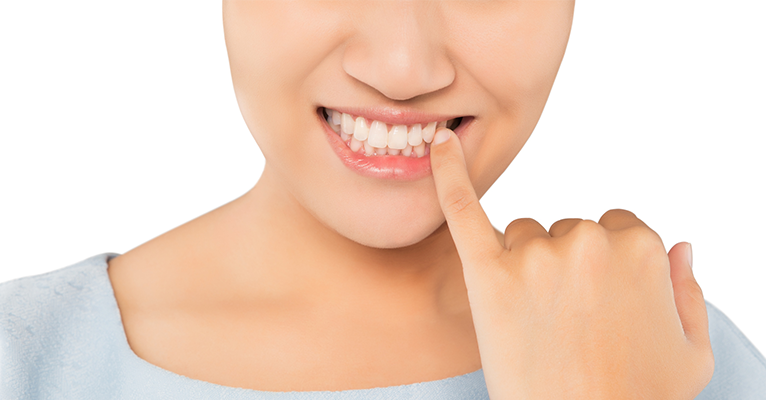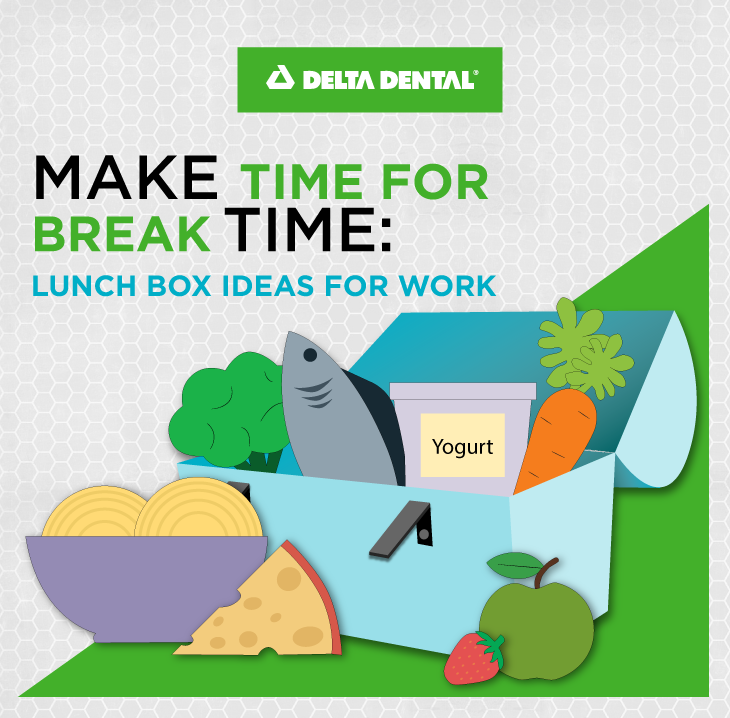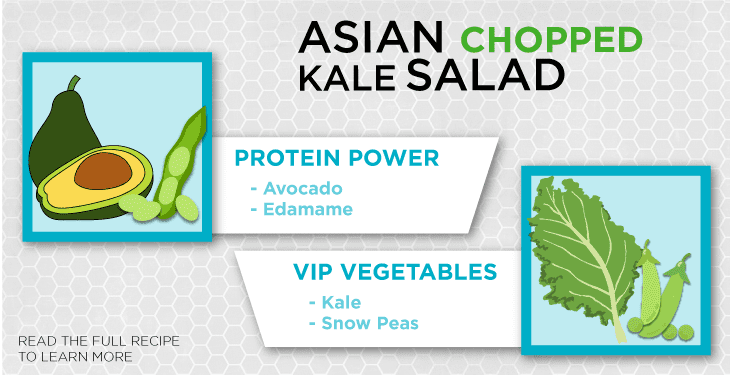
Clean teeth and superior dental health are obvious benefits for children receiving regular dental check-ups. However, when some kids sit in the dentist’s chair, a problem more troubling than cavities might come to light: physical abuse.
April is National Child Abuse Prevention Month, and Delta Dental of Wisconsin is proud to support the P.A.N.D.A. program (Prevent Abuse and Neglect through Dental Awareness). The P.A.N.D.A. program trains dentists how to recognize and report suspected cases of abuse and/or neglect in young patients.
In the mid-1990s, one study found that dentists were identifying less than 1% of all reported child abuse cases. This alarming statistic inspired the first P.A.N.D.A coalition. The program has since grown to include Wisconsin, in addition to 46 states and 7 countries.
Injuries to the head, face, and neck account for an estimated 65% of injuries in physically abused children. Dental check-ups serve as a unique opportunity to uncover signs of abuse. In fact, dentists are 5 times as likely to report suspected abuse if they receive the proper training.
The first step in helping abused or neglected children is to recognize the signs. They can include:
- Loose or fractured teeth
- Bruises or cuts, especially near the face
- Absence of hair (from hair pulling)
- Lags in development or motor skills
- Rampant cavities in a child’s mouth
- History of a lack of follow-through for care
- Untreated pain, infection, bleeding, or trauma
All states’ laws require health professionals, including dentists, to report concerns of child abuse and neglect to appropriate authorities. Dentists and dental staff who suspect child abuse or neglect can file a report through their Wisconsin County Department of Health & Human Services.
Delta Dental of Wisconsin provides detection training at Marquette University School of Dentistry, technical colleges, conferences, and other professional gatherings.
For more information about the P.A.N.D.A. program or to schedule training, please contact Delta Dental of Wisconsin’s Professional Services Department at (800) 836-0490.






![90% of the calories in shrimp are protein, making them perfect fuel for your body and mind.]](https://deltadentalwiblog.com/wp-content/uploads/2015/03/2019.05_MakeTimefor-BreakTime_Infographic2.png)
![Watermelon packs almost 23 milligrams of vitamin C per serving, while feta is dairy, which is a great source of calcium.]](https://deltadentalwiblog.com/wp-content/uploads/2015/03/2019.05_MakeTimefor-BreakTime_Infographic3.png)

![A nutrient-rich lunch and snacks like almonds, peanut butter, veggies and granola can keep you smiling wide until dinnertime.]](https://deltadentalwiblog.com/wp-content/uploads/2015/03/2019.05_MakeTimefor-BreakTime_Infographic5.png)



